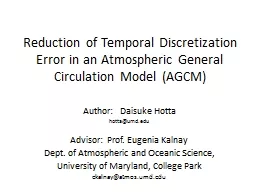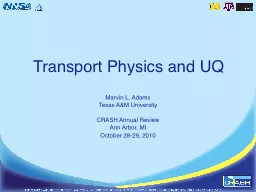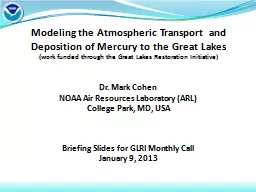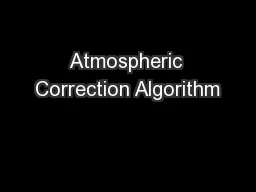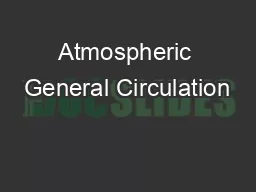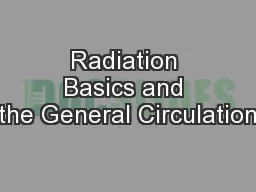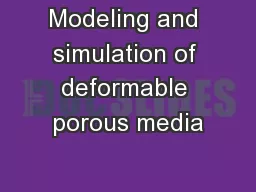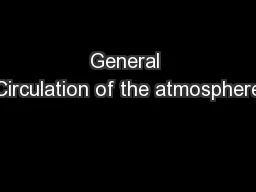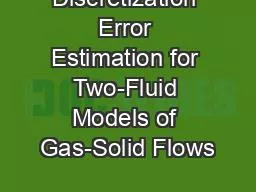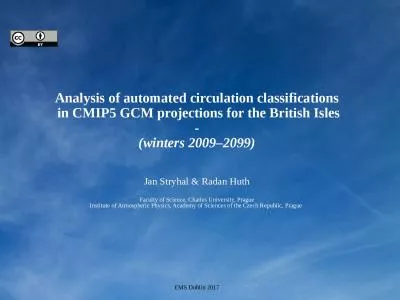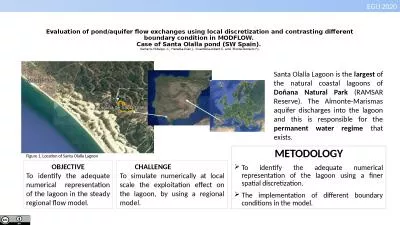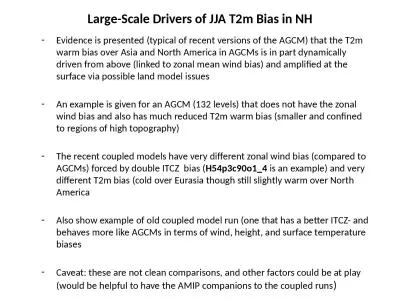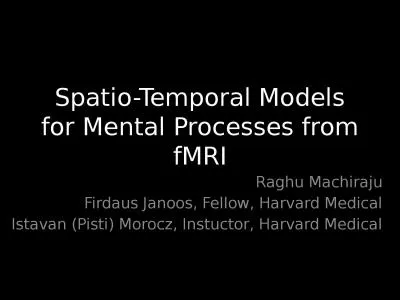PPT-Reduction of Temporal Discretization Error in an Atmospheric General Circulation Model
Author : phoebe-click | Published Date : 2018-11-03
Author Daisuke Hotta hottaumdedu Advisor Prof Eugenia Kalnay Dept of Atmospheric and Oceanic Science University of Maryland College Park ekalnayatmosumdedu Numerical
Presentation Embed Code
Download Presentation
Download Presentation The PPT/PDF document "Reduction of Temporal Discretization Err..." is the property of its rightful owner. Permission is granted to download and print the materials on this website for personal, non-commercial use only, and to display it on your personal computer provided you do not modify the materials and that you retain all copyright notices contained in the materials. By downloading content from our website, you accept the terms of this agreement.
Reduction of Temporal Discretization Error in an Atmospheric General Circulation Model: Transcript
Download Rules Of Document
"Reduction of Temporal Discretization Error in an Atmospheric General Circulation Model"The content belongs to its owner. You may download and print it for personal use, without modification, and keep all copyright notices. By downloading, you agree to these terms.
Related Documents

